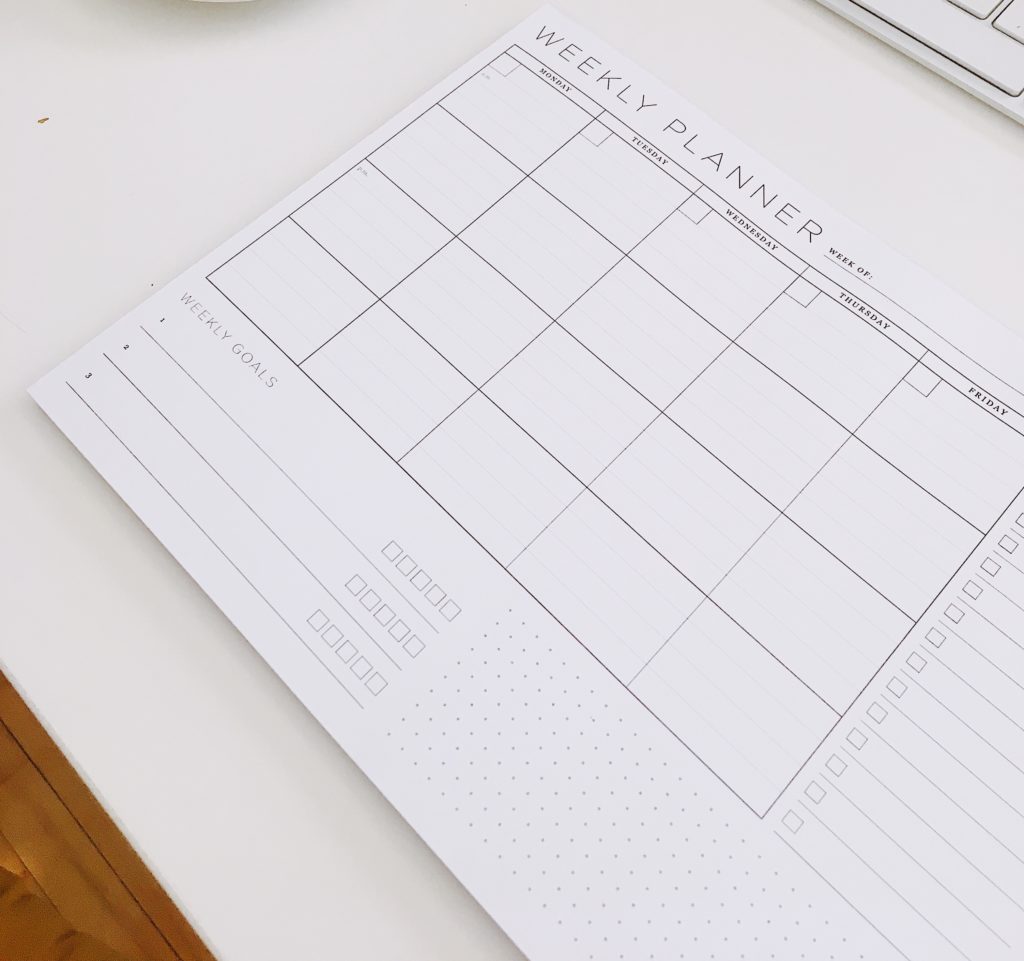Fellow Chicago parents, the strike is now on, and no one knows for how long. I know some of you prepared for this moment. Last week, some of you were organizing child care collectives and scheduling play dates and deciding whose basement would be trashed first while everyone else put in something like a regular workday. You are not just surviving the strike, you are thriving.
Meanwhile, others of you are surviving the strike in other ways. Maybe you signed your kids up for those great camps I told you about. Maybe you’re a teacher, and your kids are coming to the picket line on the regular, getting a real-time taste of labor history. Maybe you took your kids to UniverSoul Circus in the middle of the day, or checked out those great library museum passports or eased gracefully into the role of temporary homeschooler.
As for me…while I try to put in something like a regular workday, my kid’s eyeballs are falling out from Internet overuse.
At least yesterday we rescued another only child penned up at home with a device while parents worked. While my fifth-grader rollerbladed through the living room and played Bitlife with her buddy, I hid in the home office talking with Gil Gibori.
Gibori recently launched The House Tutoring Lounge, a north suburban space where teens can work and socialize free of helicopter parents. His concept is already catching fire, and he’s scouting for a location within the Chicago city limits.

So, if you’re a CPS parent with the bandwidth and executive functioning skills to manage no matter how long it takes to reach a contract, just keep on reading strike updates. But if you’re like me–already struggling–perhaps some of the survival tips Gibori suggested will make a difference for you.
(A side note: Gibori and I didn’t talk about parents who are dealing with unpredictable work schedules or lack of backup child care options. Nor did we discuss families where children are left unattended or with an older sibling in charge who is below age 14, the legal age in Illinois at which a child can be left home alone. I am aware those issues are very real all the time and are heightened during the strike.)
Balance Extra Shuteye with Structure
Gibori notes that most U.S. kids–especially teens–are sleep-deprived. “Let your kids sleep, but not go crazy,” he advises. “An extra hour or so is OK, but if they’re waking up at 11 a.m., you want to walk that back.” Now that the novelty is wearing off, it’s time to move beyond binge-watching favorite shows into a relaxed version of normal routine.
Just like adults who work from home, kids should get up, get breakfast and get dressed rather than lounge in PJ’s all day. When planning a schedule, ask yourself: are your kids old enough to manage independently all day? Can you work a half day and supervise them more closely the other half to ensure they learn and stay productive? “I have kids in elementary school,” Gibori says. “I can tell them they have to read, but they won’t read for more than half an hour a day.” For kids that age, playdates and time with friends would ideally take up a fair amount of the time usually spent in school.
For middle and high schoolers, you can break the day into chunks. Gibori knows many CPS families whose kids were sent home with work before the strike started. Here’s how to get it done, he says: smart scheduling. As he puts it, “You want outcome…reward.”
For example, you and your older child can create a two to three hour block of time and set an outcome like read three chapters, or complete a college essay draft. While they do their work, you can do yours. “The goal is for you to have free time to work,” he acknowledges.
What happens when parents and teens butt heads over scheduling time to do homework? “To get out of the struggle, you’ve got to make it their time, their space,” Gibori advises. He suggests sending them to the library or a cafe, ideally with friends who are also setting a goal and want to work in the same period of time. “Fill that space with friends.” Once they complete their goal, they can socialize with friends.
Gibori recommends a defined lunchtime that includes socializing. Teens can go out to the library in the morning and bring friends home for lunch, or work at home first thing and then meet friends for a social lunch outside the house.
In the afternoon, it could be time for art, music, physical activity or home organizing. If the unexpected down time during the strike is a teen’s chance to tackle a messy room, approach it with tact, Gibori advises. “Don’t make it the 1950s vocabulary: Clean your room!” he warns. Instead, try asking, “How can we better organize your space?”
Give Tweens and Teens Autonomy Over Their Learning
While Gibori insists his experience focuses on kids in grades 6-12, as a father of four, he has insight into managing younger kids, too. For early elementary kids, he recommends parents decide whether to focus on child care or invest in enrichment activities with trained professionals. “If you want an enriching experience for younger children, you need to start with people who know how to teach.”

But by sixth grade and beyond, kids can take more control over their own learning. “If your kids are older–middle and high school–the whole world opens up for them,” he observes. “If you want it to be productive, you’ve got to get out of the way.”
This may seem counterintuitive to parents (like me) who are used to nagging reluctant kids into doing chores, homework, etc. But an unexpected time like this can be an opportunity to break out of those patterns.
And whenever the regular school day ends, so do your efforts to inspire productivity. “Whatever time school is over, let them have their routine,” he says. To the extent possible, let them spend time just as they would after school on a school day.
But with school-based extracurriculars off the table, late afternoon and early evening can also become bonus family time. “Take a walk. Have dinner at home. Watch TV together,” Gibori suggests. When The Lounge opened, one parent teared up when she and her daughter could enjoy each other’s time in the evening. With her daughter’s homework out of the way, they gave each other makeovers.
Whatever Structure You Create, Put It in Writing
Kids of all ages thrive on daily and weekly structure. And the younger kids are, the more they need to know what’s coming, Gibori observes. “The thing your kids get most from school is structure. They rely on it.”
At this point, Gibori advises, “Work out your coverage schedule for the week.” Assume the strike will continue through Friday and use this week’s schedule and activities to create next week’s Plan B schedule if negotiations are still in progress.
“The strike is not going away fast,” Gibori predicts. “Teachers are not fighting for money. If you talk to teachers, this strike is misson-driven. These are complicated issues and they will take a while to resolve.”
I talked with Gibori about parents I know who are juggling caregivers and planning who’s in charge hour-by-hour. To the extent possible, Gibori warns against that. “The younger kids are, the shorter their sense of time, meaning, they can’t conceptualize far into the future. It’s like they’re walking into a dark room. The older they get, the farther in the light goes.”
To help your kids, especially if they are younger, write out their weekly calendar and post it where it’s easy to see. “Keep them sharp, keep them on a schedule and make sure they know what to expect every day,” Gibori advises. “Assume you’re going through Friday, and then you’ll have a model for next week. If you’re working with spouses or grandparents, have a shared calendar for the time. Whoever’s caring for your kids, get them all on the same page.”
For older kids, it might be time to look for short-term volunteer opportunities. “If you pick the right place, there’s no way they aren’t coming home feeling at least a little bit good,” he says.
Every Minute Off the Couch Is a Win
While setting realistic expectations for your kids, make sure to treat yourself kindly, too. “All great plans get disrupted. We all want to be 100% proactive, and it’s usually 10%–20% if you’re really good at this.”
But as long as you put in the effort to help them “stay off the couch,” it’s a win, he points out. “It doesn’t have to be a high pressure week…just keep them productive, keep their brains going.”
And when school is back in session, your kids will make the transition much easier than if they spent a couple of weeks staying up all night playing video games. That’s the key to surviving the strike.
“No matter where you are on the politics of the strike, at the end of the day teachers and students will have to come back,” says Gibori. “Everyone will have to kick back into gear. The more productive your kids are during the strike, the happier they and their teachers will be when it is over.”
Top photo by Nikiya Christie on Unsplash
Maureen Kelleher
Latest posts by Maureen Kelleher (see all)
- CPS Parents Wanted for Research Study - March 27, 2023
- Tomorrow: Cure Violence with #Belonging - August 17, 2022
- Still Looking for Summer Camp? - June 13, 2022

1 comment for “A Parent’s Guide to Surviving the Strike”